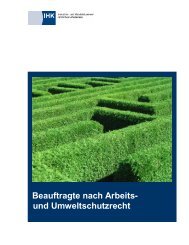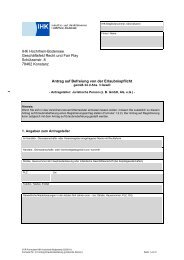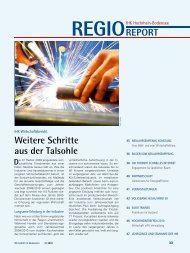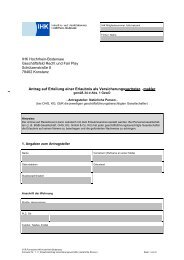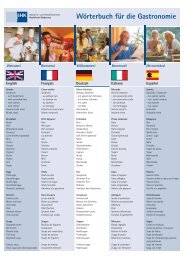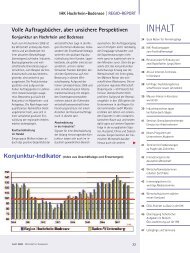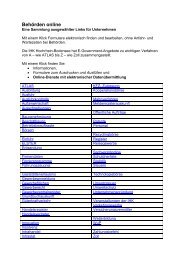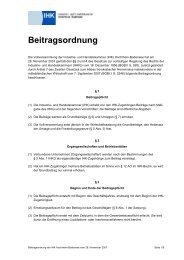REACH_One EINECs One SIEF_Final_clean
REACH_One EINECs One SIEF_Final_clean
REACH_One EINECs One SIEF_Final_clean
You also want an ePaper? Increase the reach of your titles
YUMPU automatically turns print PDFs into web optimized ePapers that Google loves.
Annex I: Details of the consultation procedure in the helpdesk network<br />
In the written procedure (2 nd step) launched on 9 June 2009, ECHA summarized the<br />
comments received on this Q&A pair. In essence, PL and AT agreed, SK, BE proposed<br />
redrafting, and DE proposed to delete the pair. ECHA proposed to discuss this Q&A pair at<br />
the next REHCORN meeting.<br />
On 19 June 2009, DE replied that it still has substantial concerns with this Q&A pair. It<br />
argued that a <strong>SIEF</strong> is not formed when the potential registrants of a substance in the preregistration<br />
list actually agree that they effectively manufacture or import or intend to<br />
manufacture or import a substance that is sufficiently similar to allow a valid joint submission<br />
of data but that a <strong>SIEF</strong> is formed if the substances are identical. At the next level the<br />
companies of the same substances have then to decide whether a test conducted with a<br />
substance with a specific composition (impurity profile, purity) can be used for the same<br />
substances however having different impurity profiles and purities. DE proposed to discuss<br />
this matter at the October REHCORN meeting.<br />
In further comments sent on 30 June 2009, reacting to a UK example on orange extract, DE<br />
further specified its considerations, underlining that according to its opinion one EINECS<br />
entry defines only one <strong>SIEF</strong>. It considers that this principle is laid down in the ECHA<br />
guidance on substance identification and applies both to well defined and UVCB 4 substances.<br />
ECHA replied to the DE on 30 June 2009, underlining that the <strong>REACH</strong> substance definition<br />
does not contain a reference to EINECS, and that both the guidance on substance<br />
identification and the guidance on data sharing clearly mention that a substance as defined by<br />
an EINECS entry is not necessarily identical to a substance under <strong>REACH</strong>.<br />
In a further reply of 5 August 2009, DE accepted the possibility that the rule ‘one EINECS<br />
number = one substance’ may not be applied to some UVCB substances as these substances<br />
are more complex but insisted that the rule ‘one EINECS number = one substance = one<br />
<strong>SIEF</strong>’ should apply to all substances with a well defined composition, regardless whether they<br />
are mono-constituent or defined multi-constituent substances (in the latter case substances can<br />
also be defined by the EINECS numbers of their main constituents).<br />
Following this exchange of e-mails, the Commission services have suggested raising this<br />
matter at the level of CARACAL.<br />
4 Substances of Unknown or Variable composition, Complex reaction products or Biological materials<br />
10



